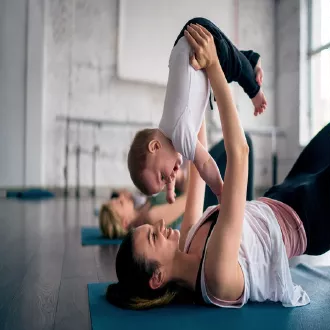Transcription The influence of role models on resilience.
The presence of role models, both positive and negative, can significantly influence the development of resilience, especially during childhood and adolescence.
Observing how others cope with difficulties and build their lives provides valuable lessons, either to emulate desirable behaviors or to avoid harmful patterns.
Positive Models in Difficult Environments
Research has shown that children growing up in disadvantaged environments (such as troubled neighborhoods, or with parents with addiction problems or criminal behavior) can develop remarkable resilience and achieve success if they have a positive role model.
Often, these children find outside their immediate home a person-a teacher, a neighbor, a relative-whose characteristics they admire and whose behavior they choose to follow.
These models offer them an alternative vision of what is possible and inspire them to overcome their adverse circumstances. The existence of this positive role model becomes a crucial protective factor.
Negative Models as Contrast
Paradoxically, negative experiences in the family environment can also serve as a "negative model" that drives resilience.
Some children who have witnessed or suffered the consequences of their parents' bad habits or decisions are determined not to repeat those patterns in their own lives.
They strive to ensure that their own children do not experience what they did, using that adverse experience as a motivation to build a healthier and happier family life.
Imitation Learning
Humans, especially during childhood, learn largely by imitation.
They are not only guided by what they are told. But fundamentally by what they see in the behavior of the significant adults around them.
Therefore, if parents or caregivers wish to foster resilience in children, it is essential that they themselves demonstrate resilient behaviors.
Professionally or personally, observing people who handle stress and challenges with resilience and effectiveness (resilient people) and modeling their strategies can be a powerful way to develop one's own resilience.
This may involve observing how they dress, talk, behave and make decisions in difficult situations.
Modeling Authenticity
When looking for role models, it is important not to lose one's own identity. It is about learning and being inspired by the qualities and strategies of others, but always adapting them to one's own way of being and one's own values.
The goal is not to become a copy of someone else. But to integrate the lessons observed in an authentic way to strengthen one's own resilience.
Observing resilient people, modeling their behaviors and consciously practicing these new ways of acting, complemented by seeking feedback, is an effective way to increase this capacity.
influence model rol resilience




